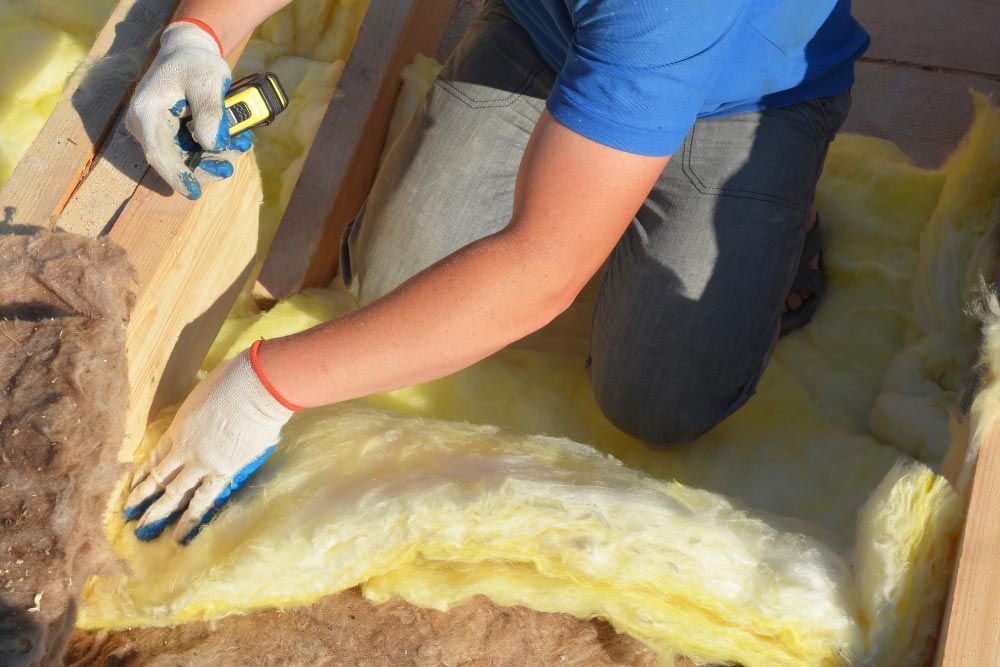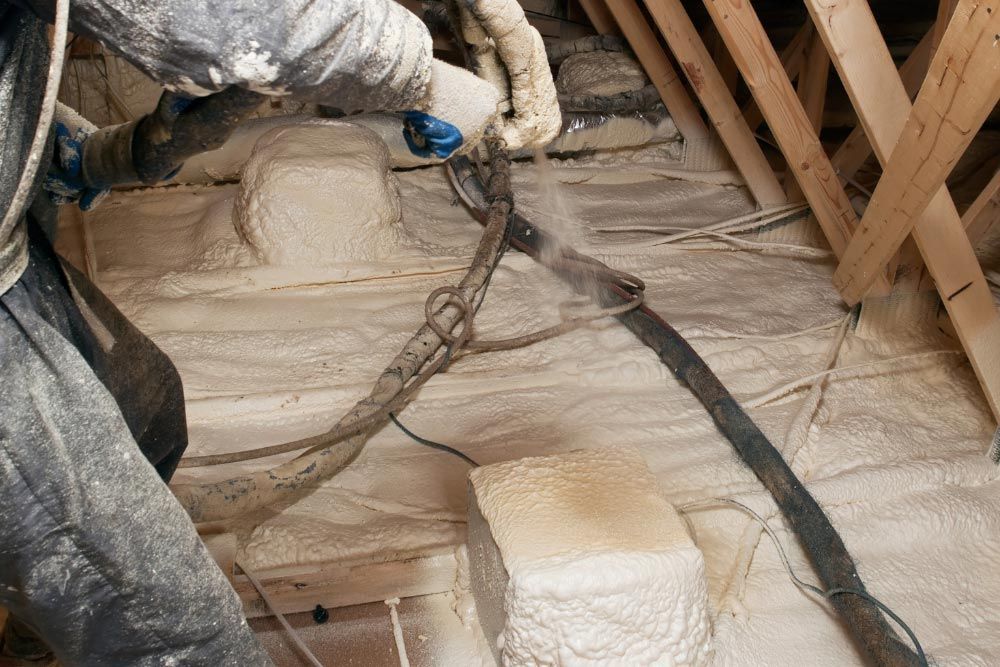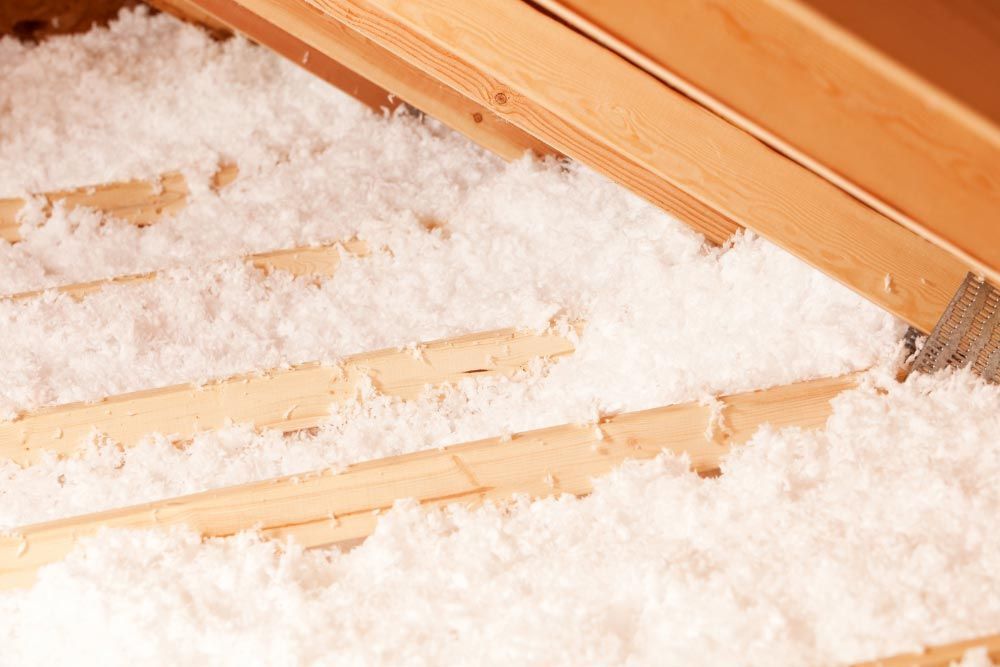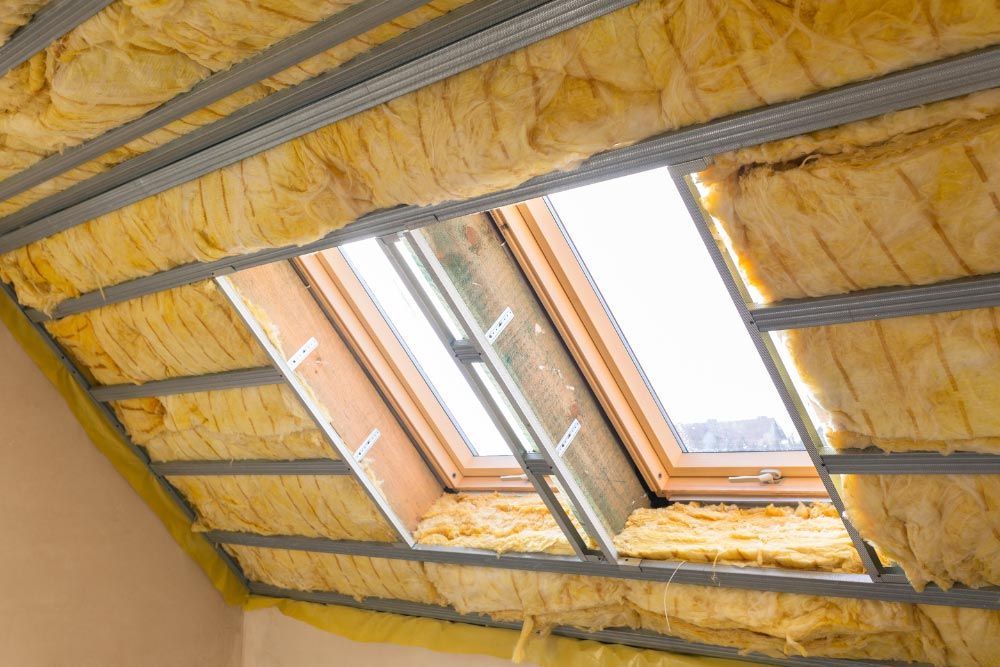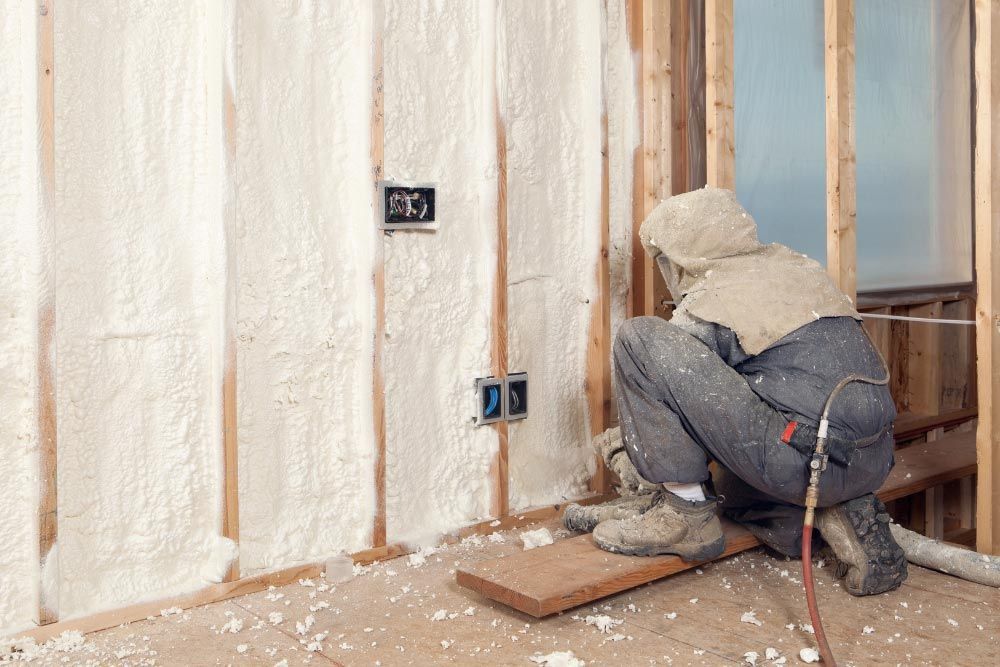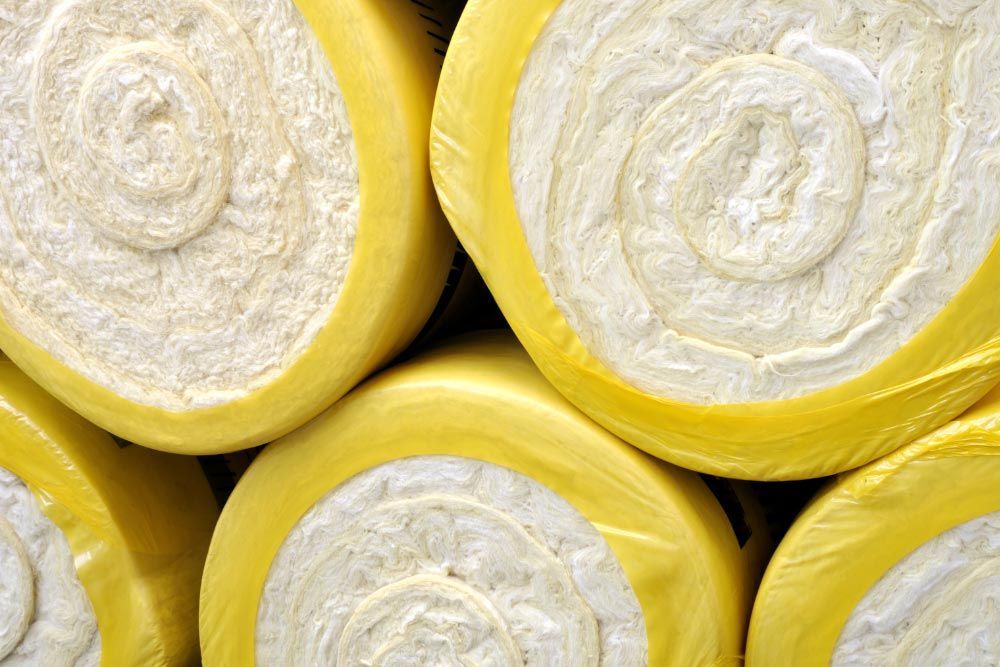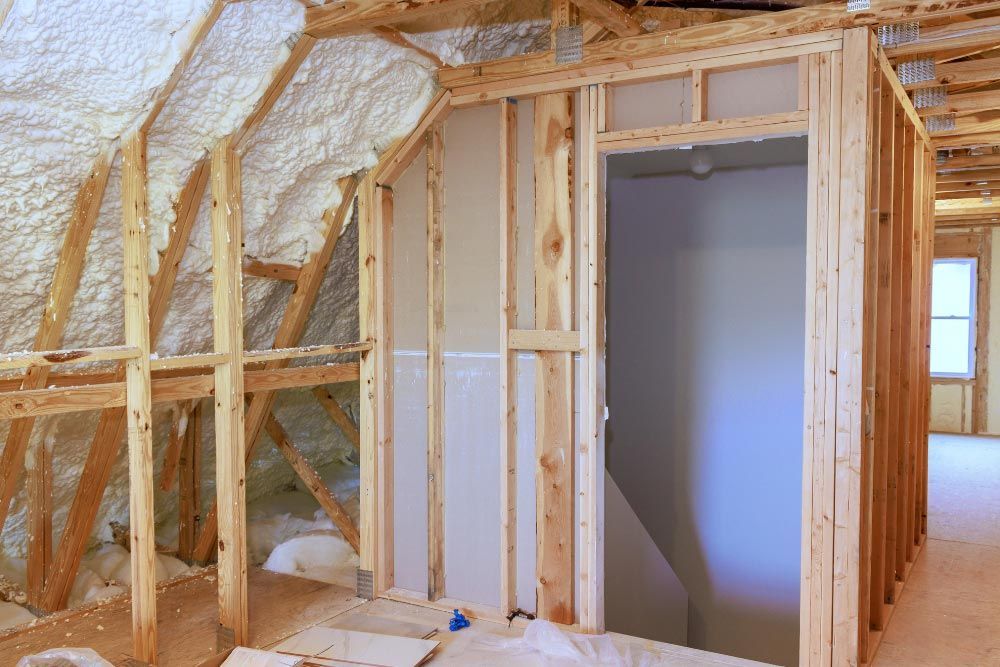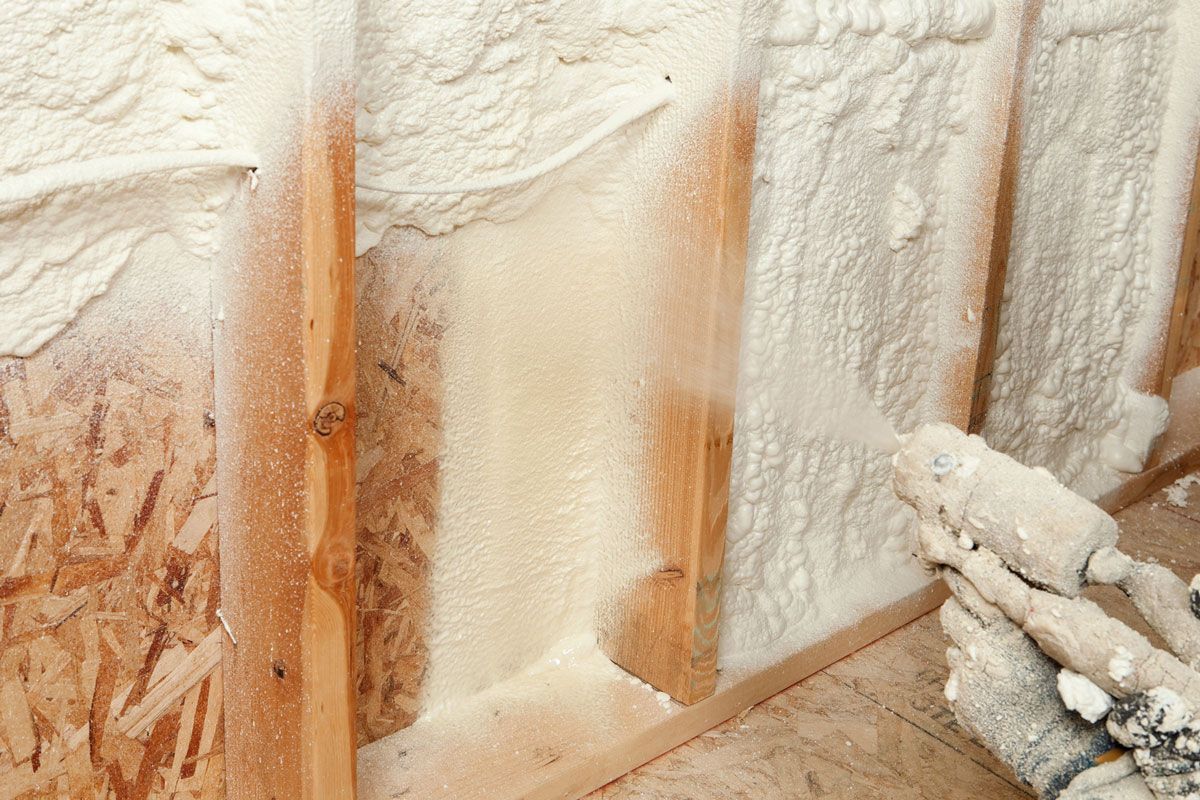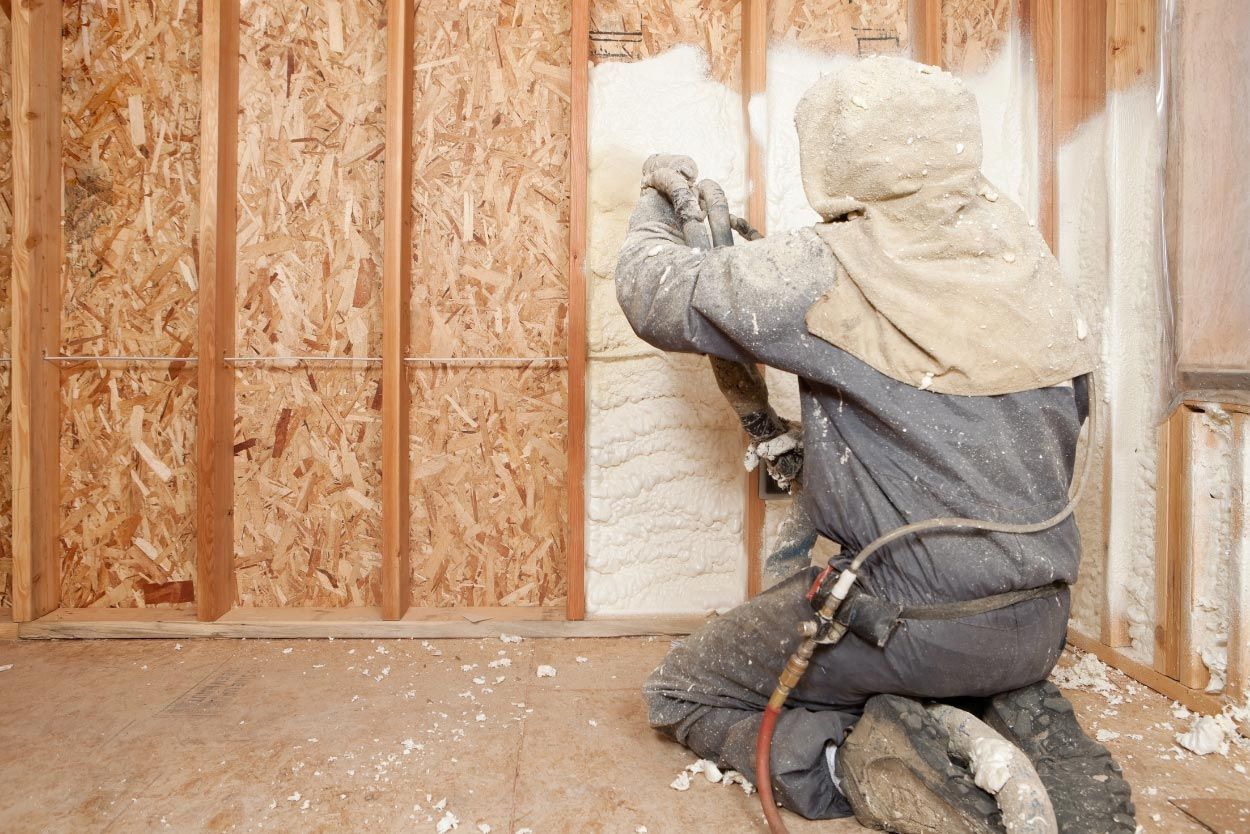Blown-In vs. Batt Insulation: Which One is Right for Your Attic?
When it comes to making your home energy efficient, few upgrades deliver as much impact as attic insulation. The attic is one of the biggest culprits for heat loss in winter and heat gain in summer, and without proper insulation, you’re likely spending much more on heating and cooling than necessary.
Two of the most common options for attic insulation are blown-in insulation (also called loose-fill insulation) and batt insulation (also known as blanket insulation). Each has its own strengths, drawbacks, and ideal use cases. But how do you know which one is right for your attic?
In this blog, we’ll walk through everything you need to know about blown-in vs. batt insulation, backed by factual research, building code references, and real-world cost comparisons. By the end, you’ll know exactly which type fits your attic needs, and when it’s time to call in the professionals.
Why Attic Insulation Matters So Much
Before diving into types, let’s address why attic insulation is crucial:
- According to the U.S. Department of Energy (DOE), properly insulating your attic can reduce heating and cooling costs by up to 20%.
- Heat naturally rises, and without sufficient insulation, it escapes through the attic, forcing your HVAC system to work harder.
- Poor insulation can also create ice dams in winter, uneven temperatures between floors, and higher humidity issues.
Building codes also stress the importance of attic insulation. For example:
- The International Energy Conservation Code (IECC 2021) recommends attic insulation levels between R-38 and R-60 in most U.S. climates.
- In Colorado’s Climate Zone 5, the minimum recommended attic insulation is R-49 (Colorado Energy Office).
This means that whether you’re retrofitting an old attic or finishing a new home, the type and amount of insulation you choose isn’t just about comfort, it’s about compliance, efficiency, and long-term savings.
What Is Blown-In Insulation?
Blown-in insulation is made of loose fibers (most commonly fiberglass or cellulose) that are literally “blown” into attic spaces using special equipment.
Key Features of Blown-In Insulation:
- Material options: Cellulose (recycled paper treated with fire retardants), fiberglass (spun glass fibers), or mineral wool.
- Application: Installed with a blowing machine that sprays the fibers evenly across attic floors and into hard-to-reach gaps.
- R-Value: Typically ranges from R-2.2 to R-3.8 per inch, depending on material.
Advantages of Blown-In Insulation:
- Excellent at filling gaps, cracks, and irregular attic spaces.
- Quick installation, most attics can be completed in just a few hours.
- Great for retrofitting existing homes with old or insufficient insulation.
Disadvantages of Blown-In Insulation:
- Can settle over time, reducing its R-value unless topped off.
- Requires professional equipment for installation.
- If cellulose is used, it may absorb moisture if not properly sealed, leading to mold risks.
What Is Batt Insulation?
Batt insulation comes in pre-cut sheets or rolls, typically made of fiberglass or mineral wool. It’s one of the oldest and most widely used insulation methods in residential homes.
Key Features of Batt Insulation:
- Material options: Fiberglass, mineral wool, and sometimes cotton.
- Application: Rolled into attic joist spaces or laid across attic floors.
- R-Value: Typically ranges from R-3.1 to R-4.3 per inch, depending on thickness and material.
Advantages of Batt Insulation:
- Lower material cost compared to blown-in insulation.
- DIY-friendly if your attic has standard joist spacing and few obstructions.
- Long-lasting and doesn’t settle like loose-fill options.
Disadvantages of Batt Insulation:
- Leaves gaps if not installed perfectly, reducing effectiveness.
- Not ideal for attics with odd shapes, wires, or lots of obstructions.
- Fiberglass batts can irritate skin and lungs during installation.
Blown-In vs. Batt: Side-by-Side Comparison
| Feature | Blown-In Insulation | Batt Insulation |
|---|---|---|
| R-Value per inch | 2.2 – 3.8 (fiberglass/cellulose) | 3.1 – 4.3 (fiberglass/mineral wool) |
| Best for | Irregular spaces, retrofits, gaps | Open joist bays, new construction |
| Installation | Requires blowing machine & pro installer | Can be DIY or professionally installed |
| Cost per sq. ft. | $1.50 – $3.50 | $0.70 – $1.50 |
| Longevity | May settle, needs top-offs | Long-lasting with minimal settling |
| Moisture resistance | Lower (esp. cellulose) | Higher with fiberglass/mineral wool |
| Air sealing ability | Excellent at filling cracks | Poorer without vapor barrier |
Cost of Attic Insulation
The cost varies based on attic size, material, and labor. Here’s a breakdown for a typical 1,000 sq. ft. attic:
| Insulation Type | Average Cost per Sq. Ft. | Total Cost (1,000 sq. ft.) |
|---|---|---|
| Blown-In Fiberglass | $1.50 – $2.80 | $1,500 – $2,800 |
| Blown-In Cellulose | $1.75 – $3.50 | $1,750 – $3,500 |
| Fiberglass Batts | $0.70 – $1.50 | $700 – $1,500 |
| Mineral Wool Batts | $1.00 – $2.00 | $1,000 – $2,000 |
Note: Professional installation is usually recommended for blown-in insulation, while batt insulation may save costs if installed DIY. However, improper installation can significantly reduce effectiveness, wiping out those savings.
Energy Codes and Compliance
If you live in Colorado (or anywhere in the U.S.), you must ensure your insulation meets building codes.
- Colorado Energy Code (based on the IECC 2021) requires attic insulation levels of R-49 or higher in Climate Zone 5.
- ASHRAE Standards (90.1) also emphasize proper air sealing in conjunction with insulation to achieve optimal performance.
- Blown-in and batt insulation can both meet these requirements, but thickness and coverage must be verified.
Compliance tip: Always ask your insulation contractor for an insulation certificate verifying R-value, coverage, and code compliance for inspections or resale purposes.
Choosing the Right Insulation for Your Attic
So, which option is right for you? Let’s break it down:
Choose blown-in insulation if:
- Your attic has irregular spaces, gaps, or hard-to-reach areas.
- You’re retrofitting an older home with inadequate insulation.
- You want faster installation with excellent air-sealing ability.
Choose batt insulation if:
- Your attic has open joist bays with standard spacing.
- You’re building new construction or remodeling.
- You want a budget-friendly option that can be DIY-installed.
In some cases, a hybrid approach (using blown-in insulation on top of batts) can deliver the best of both worlds, higher R-values and thorough coverage.
Making the Smart Choice for Your Home
Attic insulation isn’t just about comfort, it’s about compliance, energy efficiency, and protecting your home investment. Both blown-in and batt insulation can deliver excellent results when chosen for the right situation and installed properly.
If you’re unsure which option works best for your attic, consulting with a local insulation expert is the safest way forward.
Professional Insulation Services in Centennial, CO
At Mile High Centennial Insulation, we help homeowners and businesses across Colorado maximize comfort and efficiency with expert insulation services. Whether you need residential insulation, agricultural insulation, spray foam insulation, garage insulation, commercial insulation, or attic insulation, our team delivers top-notch solutions that meet energy codes and keep your property efficient year-round.
Address: 6767 S Vine St #1014, Centennial, CO 80122, USA
Phone: (720) 637-4759
Email: contact@insulationcentennial.com
Upgrade your attic insulation today and start saving on energy bills tomorrow, contact us now for a free consultation!
FAQs About Blown-In vs. Batt Insulation
Is blown-in insulation better than batts for an attic?
Blown-in insulation often provides better coverage for irregular spaces and gaps, making it more effective in older homes. However, batts can be just as effective in new construction with open joists.
What is the disadvantage of blown insulation?
The main drawback of blown insulation is settling over time, which reduces its R-value. It also requires professional equipment for installation, which can raise initial costs compared to batts.
Is batt insulation good for an attic?
Yes, batt insulation works well in attics with standard joist spacing and few obstructions. It’s also cost-effective, though its effectiveness drops if gaps are left during installation.
How to choose the right attic insulation?
Consider your attic’s layout, budget, and long-term energy goals. Blown-in is better for uneven or retrofit projects, while batts work well for new builds. Consulting a professional ensures compliance with local codes.

